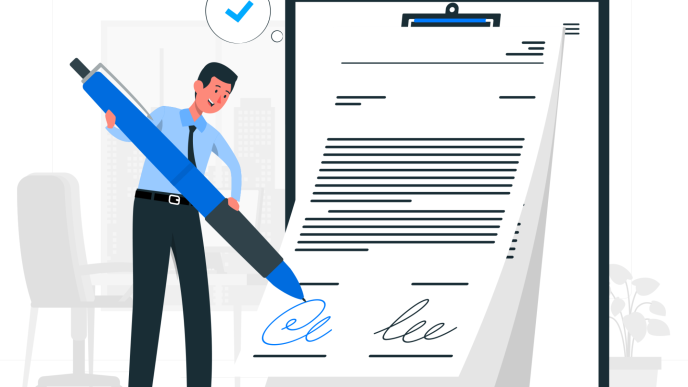A business that involves supplier management is dependent on the trust it generates through its actions and commitments. Striving to achieve this balance takes time and timely payments to vendors who deliver the goods and services that are necessary for the product or service that an organization makes. For instance, a garment factory cannot afford delays in the yardage of cloth that is required to make shirts. Vendors who are assured of on-time payments, generally go beyond their means to face all the challenges and deliver the goods on time. And any organization can keep up with their payments only when their cash flow management is good. The money that is due to the customers is operated via managed accounts receivable so that there is a healthy balance between the in-flow and out-flow of cash in a business.
When a business does not prioritize its accounts receivable policy, the chances of a liquidity crunch arise as there is not enough cash to pay the suppliers. Often business owners approach a bank for short-term financing or a working capital loan that will increase the interest expenses and reduce the overall margins of an organization. If a business can manage its payments through its sales, then improving the accounts receivable cycle through automation is a better option than increasing the interest burden for the business. To overcome these hurdles you can go through these best practices and incorporate them:
Build Relationship With Clients
Client relationships when built through consistent interactions lead to better communication. After a project or goods are delivered, giving them the receipt of goods or services, when you raise the invoice you can add a friendly note that lets them know that you would like to do business with them in the future. When client interactions are stronger, they tend to remember to pay on time without an extra nudge or a push.
Minimize Costs Involved
Time is money, and delay in payments is thus a double whammy as you lose both time and money. If you are constantly getting late payments from most of your regular customers, revamp the system to reduce the costs. Revamp the system with clear contracts and clear communication so that your clients understand their commitments and reduce DSO.
Automate The Cycle
With modern AI-aided tools, one can use the same platform to manage both accounts receivable and payable. The entire cash flow management is seamlessly automated. The clients get automated messages through emails and short messages to their WhatsApp as reminder alerts about their upcoming payments. Duplicate invoices are rejected by the system and human errors that exist in manual operations are reduced.
Conclusion
A liquidity crunch can hit an organization at any stage of its growth. It is not a phenomenon that is susceptible only to start-ups or small-sized businesses. Companies that fail in their capital budgeting decisions and block their reserves in expansion plans, often face challenges in the accounts receivable and payable cycle. So, every organization needs to revisit its AR policies and automate the cycle for better results.














